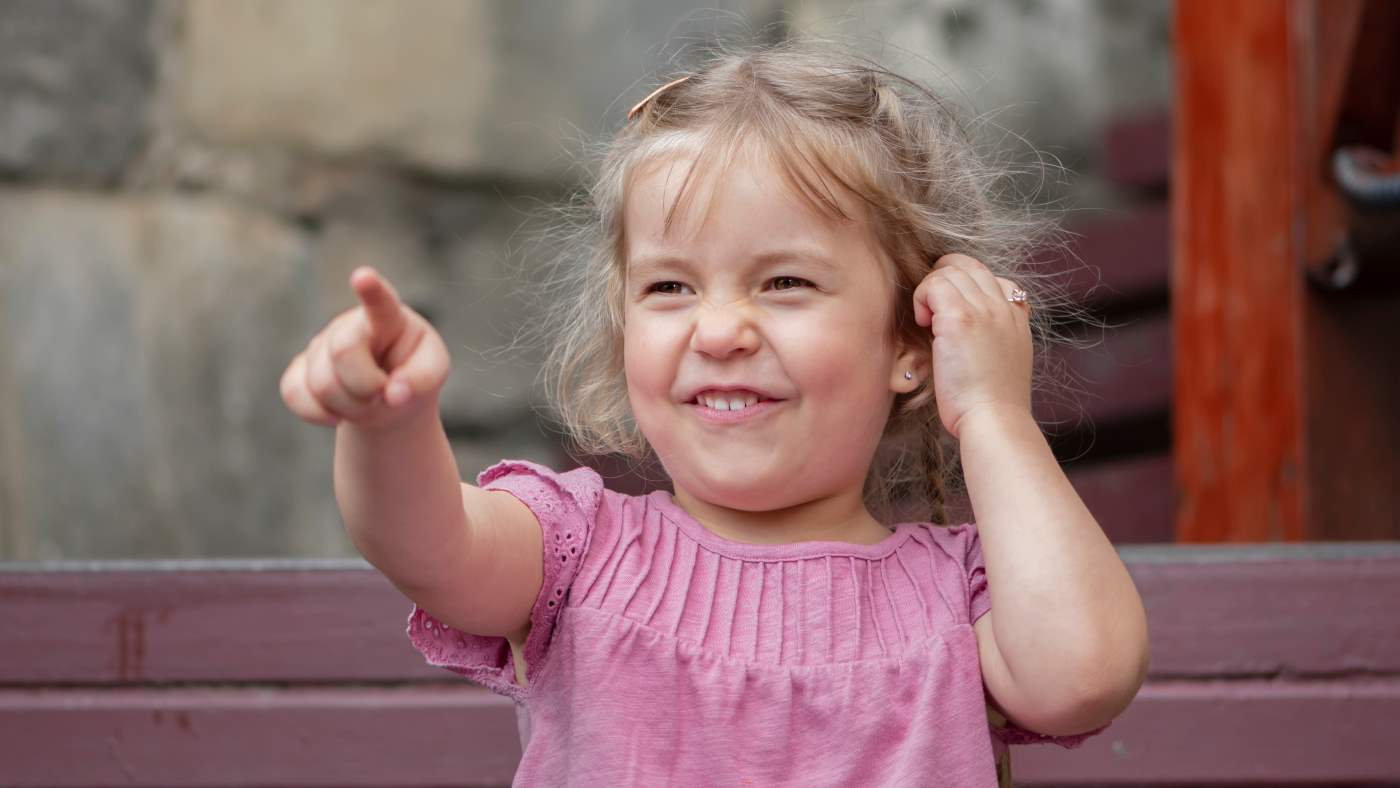“Look, that’s my name!” How understanding symbols helps your child notice important letters

As children’s cognitive development progresses, they start to be able to enjoy symbolic play, as they can understand that what they see is representing something else. Although it might not seem closely linked to learning about the alphabet, developing an understanding of symbolism is in fact an important step towards being able to read and write in the future. Here’s why.
Your child might have started out understanding symbols using physical items which can be held and moved, perhaps by holding a toy brick to their ear as a phone. As their understanding of symbolism grows, they will be able to make more abstract links like realising that the numbers on a clock are showing adults what the time is and that the squiggles on a page which we call letters represent sounds, and even words.
Letters are not sounds, but we use them to represent a sound in order to communicate, in the same way that words refer to an object or to an event, but they are not the object or the event itself.
An understanding of symbolism will allow your child to embrace the idea that we can use letters and words to share meaning, so encouraging lots of symbolic play – where you and your child pretend an item is something else – will help them to build up their awareness of symbolism and develop this important skill.
When you’re playing, or simply going about your daily routines, talk about the letters and words you see, to help your child connect the symbol with its meaning.
This might include pointing out logos, road signs and names when you spot them, and explaining what the word is telling you.
Your child might have their own ideas about what the words and letters mean to them, as they will have been busy creating their own meaning from the symbols they see around them day-to-day, so talking about them in this way can be a perfect opportunity to correct any confusion or misconceptions they have.
Children, like all of us, tend to be drawn to things which have meaning for them personally – this is why the first letters they will come to recognise are often ones which are special to them, like the first letter of their name.
This is a fantastic way to spark their interest and keep them looking out for letters as they play. They might become very good at spotting their initial, and can at first assume that all words they see starting with that letter must be their name! If this happens, talk them through what other letters there are and how it is different to their name, but always celebrate them spotting their special letter, or other symbol, in the wild!